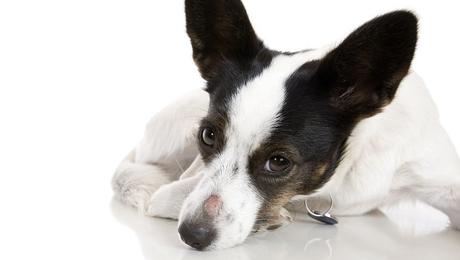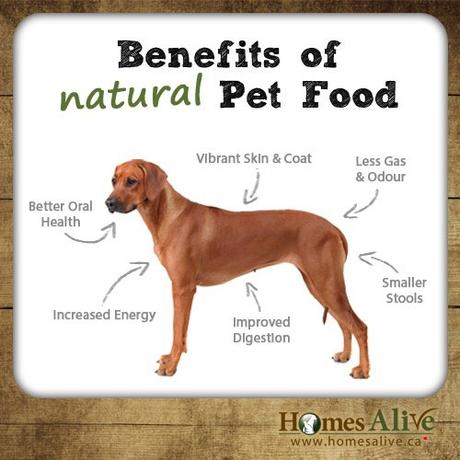A dog is man's best friend. Therefore, it is easy for you to notice when your dog isn't doing okay. One of the most common issues that you may notice with your dog is hair loss, which is medically referred to as Alopecia. Shedding is common in dogs, but Alopecia is a little different and noticeable. When your dog has it, you cannot enjoy using the trimming tools that you get from the hair clippers club, which is definitely disappointing to you.


Alopecia - Dog Hair Loss
You may notice hair loss on your dog when it has bald patches, constantly itchy, and probably has an unpleasant odour. A dog's skin is the largest organ on its body, and it is also promotes its aesthetic value. Therefore, it is every dog owner's responsibility to ensure that it is healthy at all times. This article will help you figure out some of the common causes and treatments options for dog hair loss.
Symptoms that indicate hair loss in dogs
Besides the symptoms above, there are other signs that show hair loss in dogs. When you notice them, it is imperative that you seek the most effective treatment plan. Why? Because Alopecia not only affects your dog's skin, but it could also affect its immune system, endocrine system, and lymphatic system alike. Here are other symptoms that you could watch out for.
- Erythema- redness of the skin
- Presence of lesions
- Dandruff
- Biting or licking of the skin patch/patches to ease the irritation
- Inflammation around the affected regions
Here are the common causes and treatments of dog hair loss


Parasites are some of the most common causes of hair loss in dogs. The common parasites that attack dogs include bacteria, mites, and ringworms. It is important for you to note that each of these parasites affects your dog differently; therefore, each requires a different treatment plan. These parasites weaken the immune system of your dog, increasing its risk of developing Mange. Mange refers to some skin infections that affect dogs.
There is Demodectic Mange, which is transferred by mites, and they cause skin lesions and Alopecia on your dog. This is an ailment that immensely affects the comfort of your dog, but it cannot be transmitted. Demodectic Mange is treated through long-term medication such as lime-sulfur dips as recommended by your dog's veterinarian. However, you also have to keep your dog on a balanced diet for the best results.
There is also Sarcoptic Mange, which is also caused by mites. This could be dangerous because it is very contagious, albeit through direct contact. These mites burrow deep into your dog's skin, causing a lot of itching and irritation, and that is why your dog will experience hair loss. Fortunately, Sarcoptic Mange is treatable through oral treatment, topical medications, scabicidal dips, or shampoos.
Ringworms also cause hair loss in dogs. You may notice them on your dog if it has skin lesions or dark spots. Unfortunately, they might be contagious; but they are treatable through topical antifungal medication.
Your dog may also experience hair loss due to bacterial infections such as pyoderma, which causes skin irritation. This bacterial infection may come about when your dog is wounded or has a cut. It may also come about due to flea and food allergies, endocrine abnormalities, parasites, and fungal infections. You may notice pyoderma on your dog when it has small lesions, crusted skin, a bad odour, itchiness, or pustules. Fortunately, it can be treated using an ointment, shampoo, or topical medication.
Another common reason for hair loss in dogs is a change of season. This mostly occurs when your dog is shedding its coat in preparation for a new season. It mainly occurs in spring and autumn - more during spring as your dog loses its winter coat. Hormonal changes cause the hair loss because of the change of season because of the temperature change. It allows your dog to cope with the incoming season. The only way to help your dog to transition to the new season is by brushing its fur on a daily basis.
Your dog may also lose its hair because of a fungal infection. You need to know that there are two types of fungal infections that could cause hair loss - a yeast infection, and ringworms. A yeast infection is brought along by candida fungus, and it is very crucial because it affects your dog's immunity. A yeast infection has to be treated by a veterinarian because it is usually highly contagious. Ringworms are caused by the dermatophyte fungus, which could critically harm the health of your dog, resulting to hair loss. It can be prevented by disinfecting the areas where your dog mostly spends its time or plays. For its treatment, you have to consult your dog's vet.
Your dog may also experience hair loss due to food allergies. You may notice that your dog has food allergies when it constantly scratches itself, hence losing hair. However, there are other reasons as to why your dog might be scratching itself. To determine if it is a result of food intolerance, the vet has to put your furry friend on an exclusion diet, which takes approximately eight weeks. The diet is usually strict, and your dog is slowly reintroduced to other foods to establish what it is allergic to.
Your dog may lose hair and have bald patches because of medical conditions and genetics. Common medical conditions include hypothyroidism, Cushing's disease, and Addison's Diseases. Hypothyroidism is treated through medication to help your dog produce more thyroxine. Cushing's disease occurs when your dog releases a lot of cortisol from its adrenal glands, and you need to consult a vet for your dog to get the necessary treatment. On the other hand, Addison's disease occurs when your dog releases too little corticosteroid hormones, which is the opposite of Cushing's disease. You should visit your vet to get it treated.


Your dog may also experience hair loss when it is on a diet with low nutritional content. You need to ensure that you feed your specific dog breed with the food has the nutritional content that is right for it. You might consider buying food supplements that have extra minerals, vitamins, and biotin to help improve your dog's coat.
There are numerous causes of dog hair loss, and most of them are mentioned in this article. Your dog's fur serves as its image, and it is imperative you keep it healthy at all times. Therefore, if your dog is experiencing hair loss, you need to visit your vet to get the most appropriate treatment plan.

